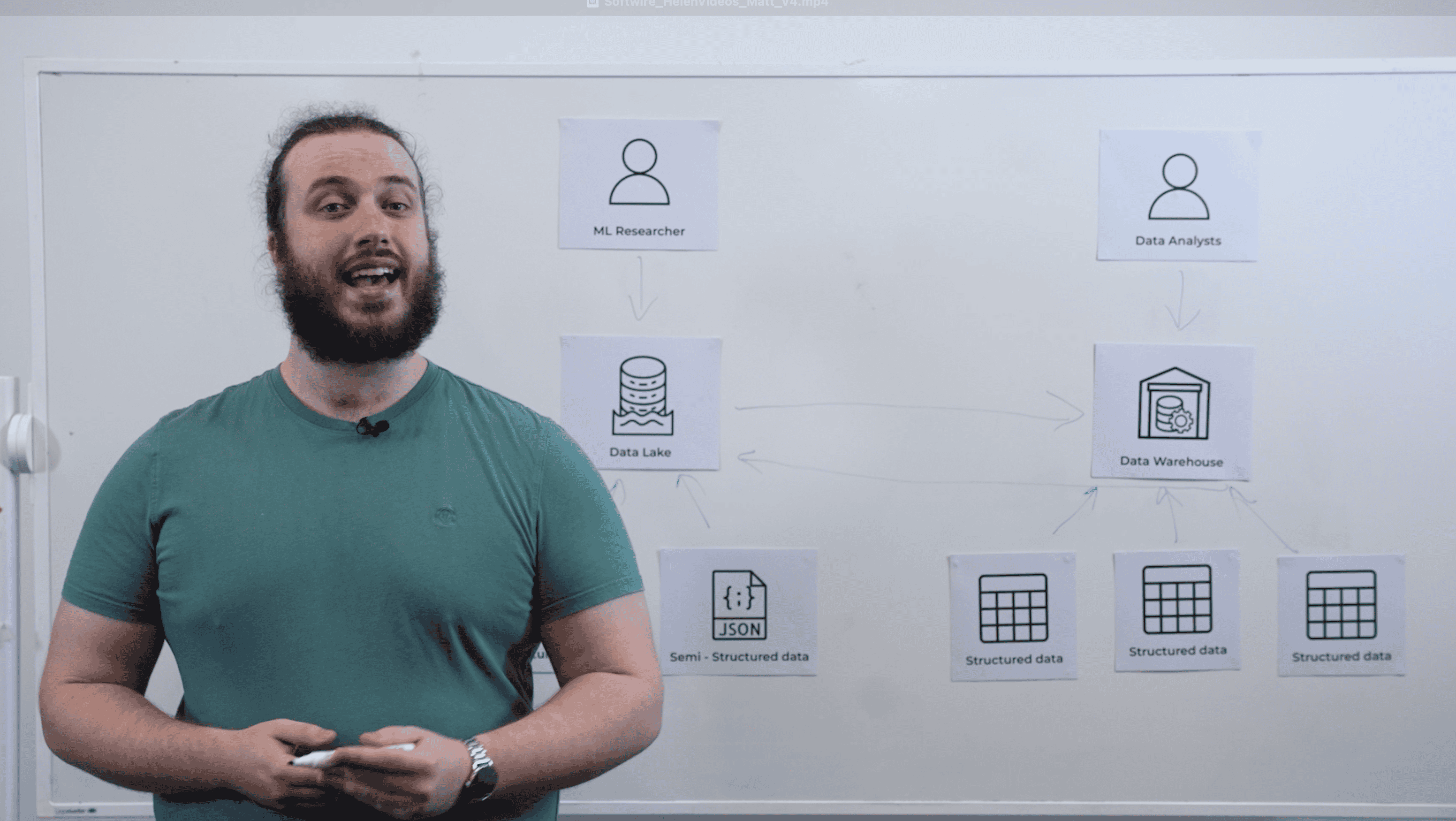
Organisations know that data is one of their most valuable assets. The high-level benefits that can result from harnessing it in the right way are numerous, and are reasonably well-understood, having been widely discussed in the business world for many years.
What’s still less-widely understood, however, is how to actually set about meaningfully leveraging the data an organisation has. How do you take raw data and turn it into something that gets used to make better-informed decisions, both at the strategic and operational levels?
Part of the story is about ETL, data warehousing and choosing the right BI tools. There’s plenty of information about these topics available, so what we wanted to do was pick out some complementary areas that are important enablers of successful modern data projects. Many of these relate to the challenges of securing buy-in and ensuring adoption of whatever capabilities you put in place.
1. Start by getting senior stakeholder buy-in
The people at the top of the organisation are typically the ones with the money. They’re the people who’ll sign off the initial budget, and then judge whether to authorise further spending in the future.
The key, we’ve found, can be to focus on their needs first. Find out what insights would be of value to them, and make delivering these your initial focus. Once you can show them the value this creates, they’re far more likely to agree to (or better still, advocate) follow-up work elsewhere in the organisation.
2. Show people early how it makes their jobs easier
Senior-level buy-in and advocacy is one part of the puzzle. You also need to get other stakeholders on board, and the easiest way to do this is by showing them early how data can make a real difference to their jobs.
Understand what the pain points are in people’s workflows. Identify where access to the right information and insights could alleviate these friction points. Then build a rapid prototype of what a data-driven solution might look like. This will be incredibly powerful, in that it will quickly bring to life the possibilities. If it genuinely alleviates their headache, they’ll be chomping at the bit to start using it – and supporting your case for further budget.
The need for employees to provide periodic updates to their bosses is a great example here. Most people will sigh as they tell you how much time they spend gathering and curating data for these purposes. If you could automate part or all of this process for one team, you’ll soon have others knocking on your door asking for similar capabilities.
3. Drive adoption by tailoring the experience
Key to securing adoption of any data- or BI-related capability is to ensure the experience is the right one for each group of users. Some will have the skills (and the need) to go trawling through and querying tables of raw data to produce their own reports. For others, this will be far too complex – they may benefit from a basic self-service report-builder with access to a subset of data, or simply a ready-made KPI dashboard that requires no manipulation at all.
Understand each user group’s skills and requirements, and then create experiences that meet them. And remember to iterate: if the first thing you create doesn’t hit the mark, find out why, and iteratively improve it.
4. Make sure the insights are accurate
Whether you’re providing people with pre-prepared reports and dashboards, or giving them the tools to make their own, the insights they glean from them need to be accurate. If they’re not, trust in the analytics platform will quickly fall away, and people will stop using it.
There’s a lot to think about here.
At the most basic level, the raw data needs to be accurate and complete, which will require you to implement appropriate data governance policies and procedures.
In addition, think about the person building a report or dashboard. How skilled are they at working with the report-builder tools? And how deep is their understanding of the data they’re given to work with? Could they inadvertently create a misleading report, by selecting the wrong piece of data, or using the curation and visualisation tools incorrectly?
To solve this, make sure people are given tools and datasets that are appropriate to their skills, as well as plenty of training and support when they’re using them. And this leads us nicely to our final recommendation…
5. Unleash your data champions
As part of your analytics initiative, you’ll have developed expertise within your organisation: individuals with deep knowledge of your data and the tools you’ve put in place. These people need to be out championing the use of data-driven insights across the organisation – and supporting anyone who would benefit from using data to make better-informed decisions.
Nurture a culture of knowledge-sharing, and give your data specialists the time to support colleagues in a meaningful way, helping them understand the data that’s available, and how to use the tools at their disposal.
This will quickly make the data team one of the most valuable parts of the organisation, while empowering many more of your people to use data in ways that help them make better decisions.
Data-driven success
When it comes to data, there are so many exciting possibilities and so many routes you could go down, that it can be difficult to know where to begin or how to start doing something genuinely useful. As we touched on above, the key is to focus on business value, and to work in small steps. As you do, these five pointers will help ensure you secure that vital stakeholder buy-in, and that the capabilities you put in place have a lasting and positive impact on the organisation.
Listen to the full version of the podcast on Softwire Techtalks


